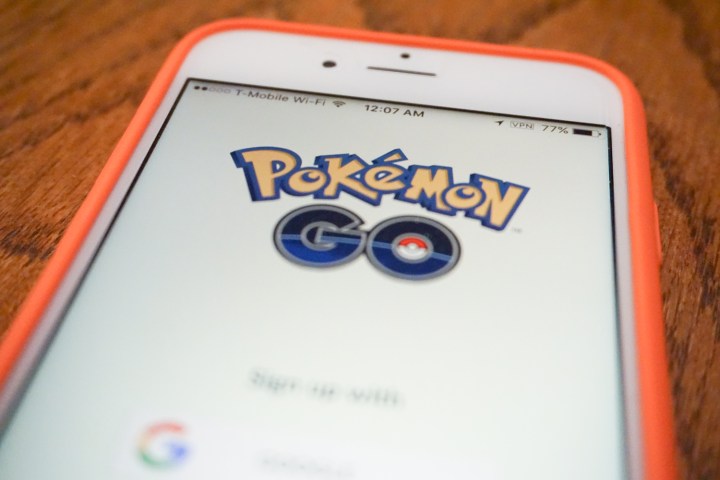
It’s a ticket to some peace and quiet for those who are tired of having their social media flooded by splashing Magikarps.
Toward the end of last year the internet saw the arrival of the Donald Trump Filter, it let users filter out content that related to the buzzing presidential candidate. Picking up on this idea, someone thought it would be great if that same logic could be applied to the less political Pokémon craze that started following its launch last week.
The extension comes with three different settings depending on how much content you want to be blocked: you can choose between Mild, Aggressive, and Vindictive. We gave it a quick test run to see if it did the job.

Mild gave very minor results, we noticed no big difference in the amount of content displayed while surfing through Twitter or Facebook. However, using the two stronger settings provided very … interesting results. If you’re keen on truly staying away it’s likely you won’t be able to look at your social media feed until the craze has all but subsided. That’s because rather than deleting individual posts, it appears that the extension is much like its Trump predecessor and deletes entire sections rather than posts.
Say goodbye to that Timeline if a Pokémon post shows up on it. Putting the setting on Vindictive effectively erased all content from our social media, aside from the chat section on the right-hand side of Facebook. Of course, for every mention the extension removes adds to the number of “Pokémons Caught.”
If you feel that you can improve upon the original work the code can be downloaded from Github, and those interested in giving the extension a spin can find it in the Chrome Web Store.


